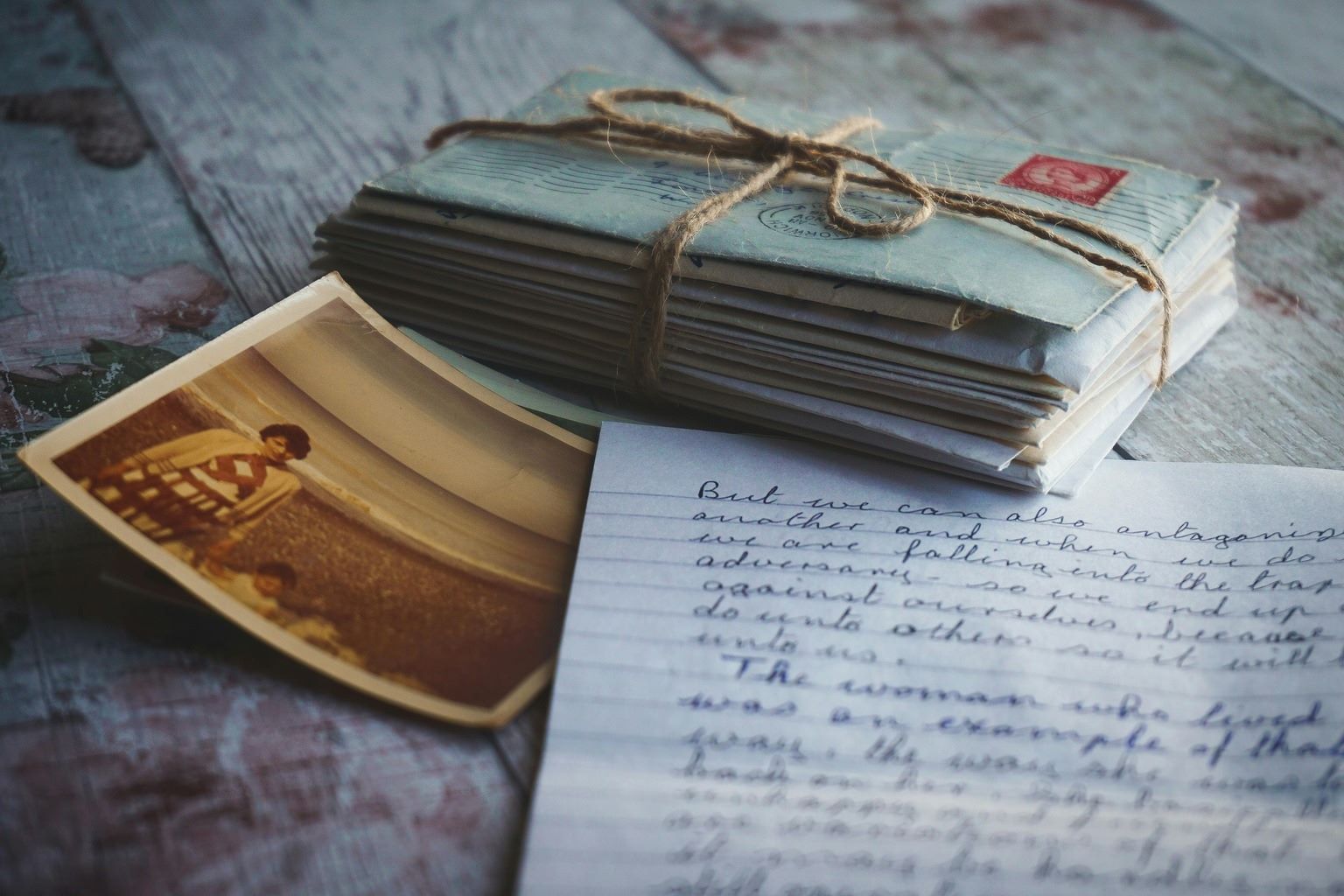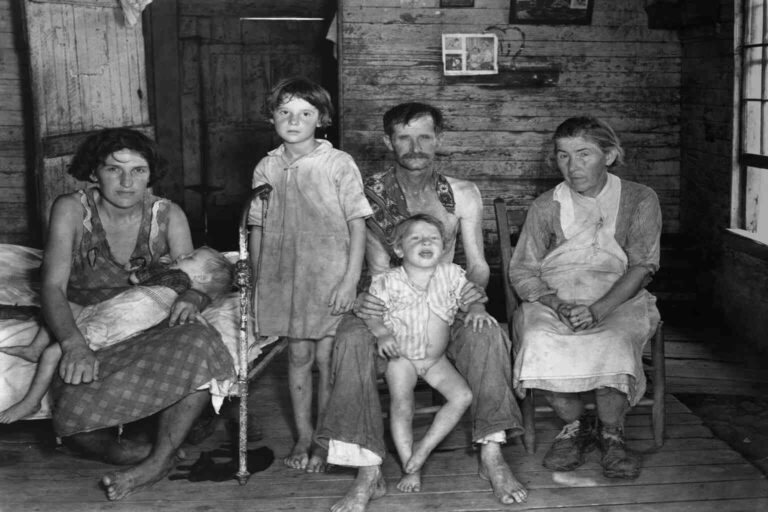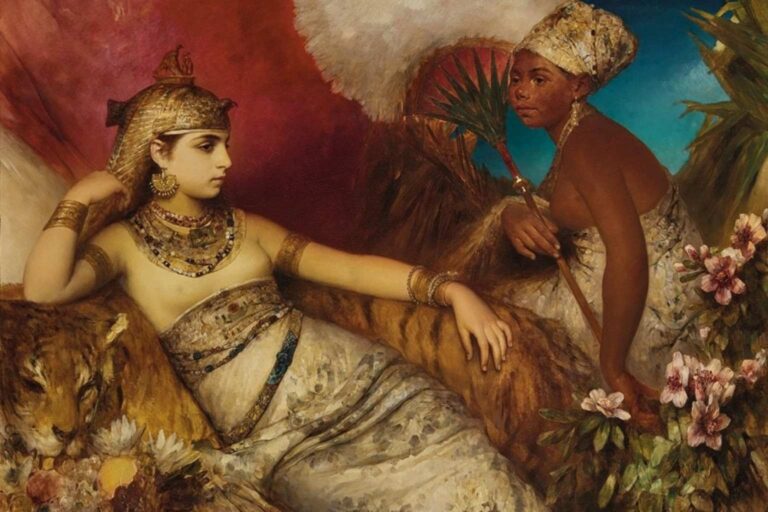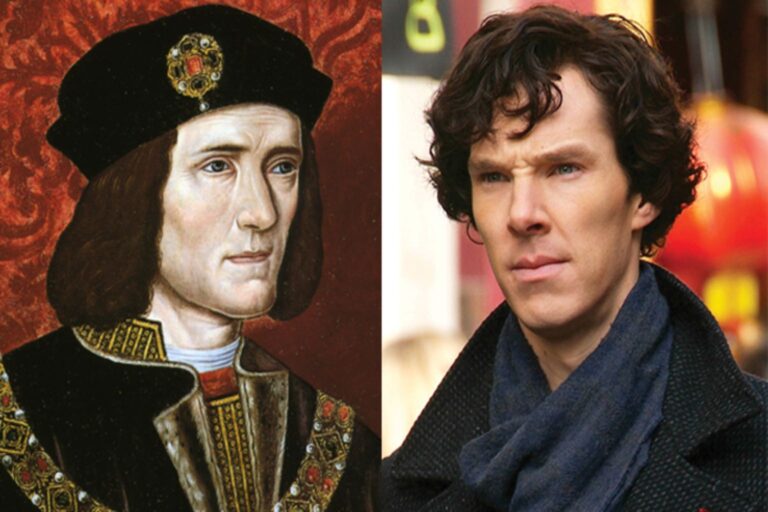Letter writing seems to be a lost art, and that is especially true of love letters. When it comes to matters of the heart, nothing conveys emotion better than putting pen to paper. The greatest love letters of all time were written slowly, with much thought and feeling, not dashed off in a jiffy. They probably went through innumerable drafts before being sealed in an envelope and sent off with great trepidation. Before the advent of instant communication with its texts, tweets, emojis, and graphics, there were ink-stained pages with words that declared their raw vulnerability and longing.
Some of the most memorable love letters in history are brought together in this list not only because of the famous personas involved, but for the manner in which they captured the writer’s emotions. The writings here shed light on the persona behind them, showing the writer in a human light rather than the elevated and famed historical persona.
What Is The History Of Love Letters
Long before texting became the default means of communicating, love letters were the glue that held long-distance love together. The distance didn’t matter; the thoughts and words did. The most romantic love letters in history were usually hand-written affairs, often sealed with a hope that the words themselves could bridge the distance between the two hearts. The history of love letters predates the invention of pen and paper and goes further back than one can think.
Here is an interesting history of love letters:
- Ancient civilizations were the first: Ancient Egyptians and Sumerians wrote love letters in the form of poems on papyrus scrolls and tablets. The Greeks and Romans followed, with poetic declarations that blended passion with mythology. Greek papyri have been found with “love spells”.
- Courtly love flourished in the Middle Ages: Few could read and write in those times, but knights were known to write to noblewomen. These were usually written in the chivalrous language of the day, the tone more admiring than intimate.
- Written love letters flourished during the Renaissance: Historical figures like King Henry VIII poured their hearts out into love letters. Some of the best love letters ever written are from this time. There are many others, too, from that era, such as Robert Browning, whose exchanges with Elizabeth Barrett Browning are famous.
- Wars created fertile grounds for love letters: The wars of the 19th and 20th centuries, where lovers were separated by vast distances and battlefields, saw the writing of love letters increase exponentially. The letters, often sad and beautiful, held hope, longing, and sometimes grief as they tried to bridge the distance.
Hand-written letters are rare today, but that is what makes them all the more precious. More than just words on a page, they become time capsules of emotion, proof that our humanness remains.
15 Greatest Love Letters Of All Time
These old fashioned love letters were not intended for public consumption. Rather, they were carried across miles like whispers in the wind. Some were tucked away in coat pockets, and some remained unsent, like a heavy burden weighing the writer down. Yet they have endured, as poignant love letters in history, across the centuries and uncontained by borders, revealing how love is one of the universal things that truly connects us.
1. Beethoven to his Immortal Beloved (1812)
“Though still in bed, my thoughts go out to you, my Immortal Beloved… Ever thine. Ever mine. Ever ours.”
A wonderful example of love letters from the 1800s, Beethoven’s unsent 10-page letter expresses intense emotion bordering on spiritual devotion. Written in Teplitz, now part of the Czech Republic, it remains an enigmatic love letter simply because the intended recipient is unknown. Several candidates have been proposed, but the debate is still unresolved.
His description of the object of his love as “immortal” indicates that his love transcends time and mortality, giving an insight into the depth of his feelings.
Published in: Reprinted in Berlin State Library collections; numerous editions and lyric translations over the years.
2. Napoléon Bonaparte to Joséphine de Beauharnais (December 1795)
“I awake full of you. Your image and the memory of last night’s intoxicating pleasures have left no rest to my senses… A thousand kisses upon your burning lips, upon your heart… but do not return them, for they set my blood on fire.”
While on campaign in Italy, Napoléon poured his heart out to Josephine in this letter, describing his aching desire and passionate longing for her. Written in the early stages of his romance, the words show him in a vulnerable state of complete emotional surrender. A far cry from the cold military genius that history so often portrays him as.
Published in: Letters from the Heart anthologies and historical archives.
3. John Keats to Fanny Brawne (1819)
“My love has made me selfish. I cannot exist without you—I am forgetful of everything but seeing you again… You have absorb’d me. I have a sensation at the present moment as though I was dissolving.”
A handwritten love letter full of haunting vulnerability and deep yearning, Keats is seemingly aware that his engagement with Fanny is doomed. Written when he was only 24 years old, he lays himself bare, admitting to feelings of jealousy. His all-consuming love for Fanny is evident, an ache that is all-consuming.
He is one of the greatest poets of all time, and his letter is a testament to a love that endures even though he suspects that he doesn’t have much time left.
Published in: The Life of John Keats and Keats–Brawne correspondence collections.
4. Oscar Wilde to Lord Alfred Douglas (“De Profundis,” Jan–Mar 1897)
“You came to me to learn the Pleasure of Life and the Pleasure of Art. Perhaps I am chosen to teach you something much more wonderful—the meaning of Sorrow, and its beauty.”
One of the most famous love letters in literature and a prime example of gay love letters is Wilde’s letter to his “friend”, Bosie. Written from reading jail, where he was incarcerated, his letter reflects his bitterness, remorse, and love all rolled into one. It was published in full only in 1962 and spans more than 50,000 words. Its raw honesty sears you as he tries to make sense of their relationship and to find meaning in his pain.
Published in: First partial excerpt 1905; complete text published 1962 in De Profundis.
5. Frida Kahlo to Diego Rivera (1940s)
“Nothing compares to your hands, nothing like the green-gold of your eyes. My body is filled with you for days and days. You are the mirror of the night, the violent flash of lightning, the dampness of the earth.”
Frida’s letter to Diego is a raw and searing, unfiltered letter that talks of her love, longing, and obsession for him. Written in the 1940s during one of her reunions with him, the words perfectly summarize the emotional intensity of their relationship. She speaks of not only love, but of a spiritual and physical fusion. The emotions are a mirror of her artistic technique and capture beautifully their chaotic love.
Published in: Extracts appear in poetry and art retrospectives of Kahlo’s personal writings.
6. Zelda Fitzgerald to F. Scott Fitzgerald (circa 1920)
“Don’t you think I was made for you? I feel like you had me ordered—and I was delivered to you—to be worn—I want you to wear me, like a watch—charmingly, and carefully, and not over-wind me.”
Written before Scott became famous and when Zelda was still uncommitted, the letter reveals her act of surrender to love with a vivid intimacy. The tone is both playful and daring, and the emotion is achingly romantic, and her vulnerability and courage show. Her entreaty for him to “wear me, like a watch” is a plea for care and permanence, the entreaty of a woman deeply in love.
Published in: Dear Scott, Dearest Zelda: The Love Letters of F. Scott and Zelda Fitzgerald, edited by Jackson R. Bryer and Cathy W. Barks.
7. Richard Burton to Elizabeth Taylor (1964)
“My blind eyes are desperately waiting for the sight of you. You don’t realize, of course, E.B., how fantastically beautiful you have always been, and how strangely you have acquired an added and special and dangerous loveliness.”
Burton’s letter is a declaration of love that is poetic yet haunting, a very human expression of feelings that was written at the height of their first marriage. This was the period when their story was emblazoned across all the tabloids, and it is a private moment between them, away from the limelight.
He goes beyond calling her beautiful, to the extreme where he calls her beauty a “dangerous loveliness”. It is the voice of a man caught up in the grip of her presence, obsessed with the intensity of his love for her.
Published in: Furious Love: Elizabeth Taylor, Richard Burton, and the Marriage of the Century by Sam Kashner and Nancy Schoenberger.
8. Winston Churchill to Clementine Churchill (1935)
“My darling Clemmie… I always feel so overwhelmingly in your debt, if there can be accounts in love.”
A letter of tremendous depth that expresses the gratitude Churchill felt towards his wife, Clementine. It was written in 1935, before the start of the war, and just this single line from the letter shows a depth of feeling way beyond mere affection. It shows a reverence for his partner, who has been the bedrock of his support.
For a man who would go on to command a nation in war, it is a surprisingly humble statement. Churchill acknowledges that true love goes beyond just keeping accounts, but is about generosity of spirit and devotion.
Published in: Churchill by Himself and numerous family archives.
9. Abigail Adams to John Adams (1776)
“My Dearest Friend,
I long to hear that you have declared an independency—and by the way, in the new code of laws… I desire you would remember the ladies, and be more generous and favourable to them than your ancestors.”
An example of intimate exchanges between couples, Abigail Adams’s letter to John is an extraordinary part of American history as seen from a feminist’s viewpoint. It showcases an intimacy they shared in which both partners, separated by war, politics, and the birth of a nation, are more than just lovers.
She addresses him as “Dear Friend”, a term that indicates the depth of their relationship and speaks as an equal when she asks that he “remember the ladies”. It is a reflection of their partnership that is rooted in intellect, trust, and the profound connection that they shared.
Published in: My Dearest Friend: Letters of Abigail and John Adams, edited by Margaret A. Hogan and C. James Taylor.
10. Johnny Cash to June Carter Cash (1994)
“We get old and get used to each other. We think alike. We read each other’s minds. We know what the other wants without asking. Sometimes we irritate each other a little bit. Maybe sometimes take each other for granted.
But once in a while, like today, I meditate on it and realize how lucky I am to share my life with the greatest woman I ever met.”
One of the best love letters ever written is Johnny Cash’s letter to his wife, June, on her 65th birthday. Not overly poetic or eloquent, its quiet, familiar, and honest tone makes it all the more impactful, a reflection of a love that has weathered many storms and has matured over time. At its heart, it is a heartfelt thanks from a man who has found in his wife a safe haven. Many consider it to be the perfect love letter.
Published in: Frequently cited from The Ultimate Letter published by The Independent (UK), and often reproduced in love letter anthologies and retrospectives on Johnny Cash’s life.
11. Emperor Henry VIII to Anne Boleyn (1527)
“I beg, also, if at any time before this I have in any way offended you, that you would give me the same absolution that you ask, assuring you, that henceforward my heart shall be dedicated to you alone.”
Put aside the image of a bloodthirsty emperor chopping the heads off the recipient of this letter. It portrays Henry VIII not as a powerful monarch but as a man enthralled by a woman who has refused to be his mistress. The intensity of his writing, his plea to her, and his humility in asking her for absolution disclose the depth of his desire for her.
As old time love letters go, this one is of major historical importance, as their courtship ultimately led to England’s break from the Catholic Church.
Published in: Love Letters of Henry VIII to Anne Boleyn, preserved at the Vatican Library, and are widely available in historical archives and literary collections.
12. Dylan Thomas to Caitlin Thomas (May 7, 1953)
“I love your body & your soul & your eyes & your hair & your voice & the way you walk & talk. And that’s all I can see now: you moving, in a light…”
One of the last letters written to his wife Caitlin was written during the third of his reading tours in the US, from the Hotel Chelsea in New York. He is exhausted, misses her, and his loneliness and longing for her are palpable. The tender description of all of her portrays complete devotion and longing. It is like she is all he can think of, a beacon in the night.
This handwritten love note reveals the poet in his elemental form. The letter is a moving testament to what raw love is like.
Published in: Originally in The New Yorker (Aug 25, 1997), later in Thomas’s letter collections.
13. Abelard to Héloïse (c. 1132)
“I hate you! I love you! Shame presses me on all sides.”
These are strong words for a love letter. The conflict inherent in that one line speaks volumes of Abelard’s inner storm, the conflicting pull between his spiritual duty and human passion. The “I hate you” is a cry of shame that torments him because his love has forced him to defy everything he has sworn to uphold. In the next breath, he says “I love you”, admitting that his soul belongs to her.
The line is powerful, evoking desperation as well as devotion at the same instant. It is a line that is stripped down to feelings, powerful emotions. And that is what love is.
Published in: Letters of Abelard and Héloïse, widely translated since the 1616 Latin editions.
14. Thomas Jefferson to Maria Cosway (1786)
“I am going to America and you are going to Italy. One of us is going the wrong way, for the way will ever be wrong that leads us further apart.”
One of the more notable love letters in the English language, it is written in the form of a dialogue between the heart and head. The recipient, Maria Cosway, couldn’t be certain which of the two won the argument.
This candid line captures the pain of lovers parting ways. Jefferson is stating simply and plainly a painful truth, that their separation will be something insurmountable and will mean an end to their relationship. It reveals both a quiet resignation and heartbreak, what the mind knows but the heart hasn’t accepted yet.
Published in: The University of Virginia archives and Jefferson’s collected correspondence.
15. Vita Sackville-West to Virginia Woolf (1927)
“I am reduced to a thing that wants Virginia. I composed a beautiful letter to you in the sleepless nightmare hours of the night, and it has all gone: I just miss you, in a quite simple desperate human way.”
Written during one of their periods of separation, it’s an honest confession of desperate longing that speaks volumes about the intensity of their love. The phrase she uses, referring to herself as a “thing that wants Virginia”, reduces her desire to an almost primal state. She is one of the authors who died tragically, and the pain she feels at being apart from her lover is also very evident in her statement.
It remains one of the best examples of gay love letters from a time when such relationships were frowned upon.
Published in: The Letters of Vita Sackville-West and Virginia Woolf, edited by Louise DeSalvo and Mitchell Leaska.
Every word in these classic love letters has an element of tenderness and desire that is relevant even today. Even an unromantic person will be moved by the deep emotional impact of these historical love letters. Let us open and delve into these greatest love letters of all time, remembering that love, even in different times and languages, is a universal language that knows no barriers.
FAQs
1. What is the oldest love letter ever written?
The oldest known love letter is carved on a Sumerian cuneiform tablet and dates back to approximately 2030 BC. It is believed to have been written by a Sumerian priestess to King Shu-Sin of the Third Dynasty of Ur and is considered to be a personal declaration of affection
2. What is the most famous love letter?
One of the most famous love letters is Napoleon Bonaparte’s passionate letter to his wife, Joséphine, first published in 1827. The line, “The day when you say ‘I love you less,’ will either be the end of my love or the last day of my life.”, captures the depth of his devotion to her. It remains one of the most widely discussed letters in historical literature.




